
PROLOGUE
DYNEEMITE Highline Webbing

Quirin‘s demands on highline webbing were highly special: The lightest weight possible for fast alpine rigs. Combined with high strength and a reasonable price to make the very big projects possible on it too. Dyneemite is a perfect mix of these specs. The strength / weight optimized Dyneema/Polyester blend plus the feet friendly design make it a dedicated choice for ambitious highline projects - in alpine terrain as well as in record lines. 22
1%
30
g/m WEIGHT
kN STRENGTH
STRETCH @5 kN LIGHT ULTRA EDGE POLY CORE DYNA
Quirin








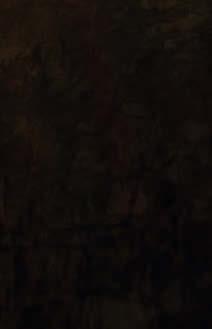
Herterich




There‘s maybe only a handful of highline athletes on this planet who take this sport as serious as raed athlete Quirin does. His passion for the very big lines as well as the most difficult highlines in extreme alpine terrain - steep ice climbing approach and skiing included - is quite unique. Quirin pushes the development at raed with a continuous flow of ideas which challenge us to create lighter and better gear for his projects. Of course the whole slackline community also benefits from this development: After the prototypes have been tested and approved by Quirin the gear eventually becomes available as a serial product in our slackshop. Two of these products are DYNEEMITE webbing and the ALPINE leash.
We‘re proud to support Quirin in his slacklife. And we‘re happy about his input to our gear development!
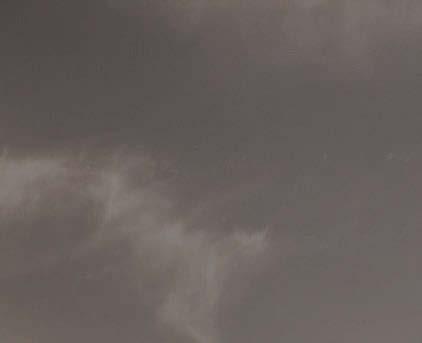
ALPINE
Leash Set
The raed ALPINE leash was created after Quirin‘s specifications for extreme alpine projects. Combining the HALO Titanium Leash Ring with a 10mm leash via a sewn connection brings it to a total weight of only 193 grams while providing an ISA certified breaking strength of 17 kN in the knot.

Ti TANIUM 88 kN STRENGTH 58 g WEIGHT INNER 72 TECH CONTACT LIGHT ULTRA 17 kN STRENGTH mm 10.0
This Issue is dedicated to Sam Kia, who is now flying light in his pursuit of happiness.

2

3

4
In this magazine we want to share our unconditional love for nature with you. Together we will explore and discover spots, marvelling at these mountains every time.
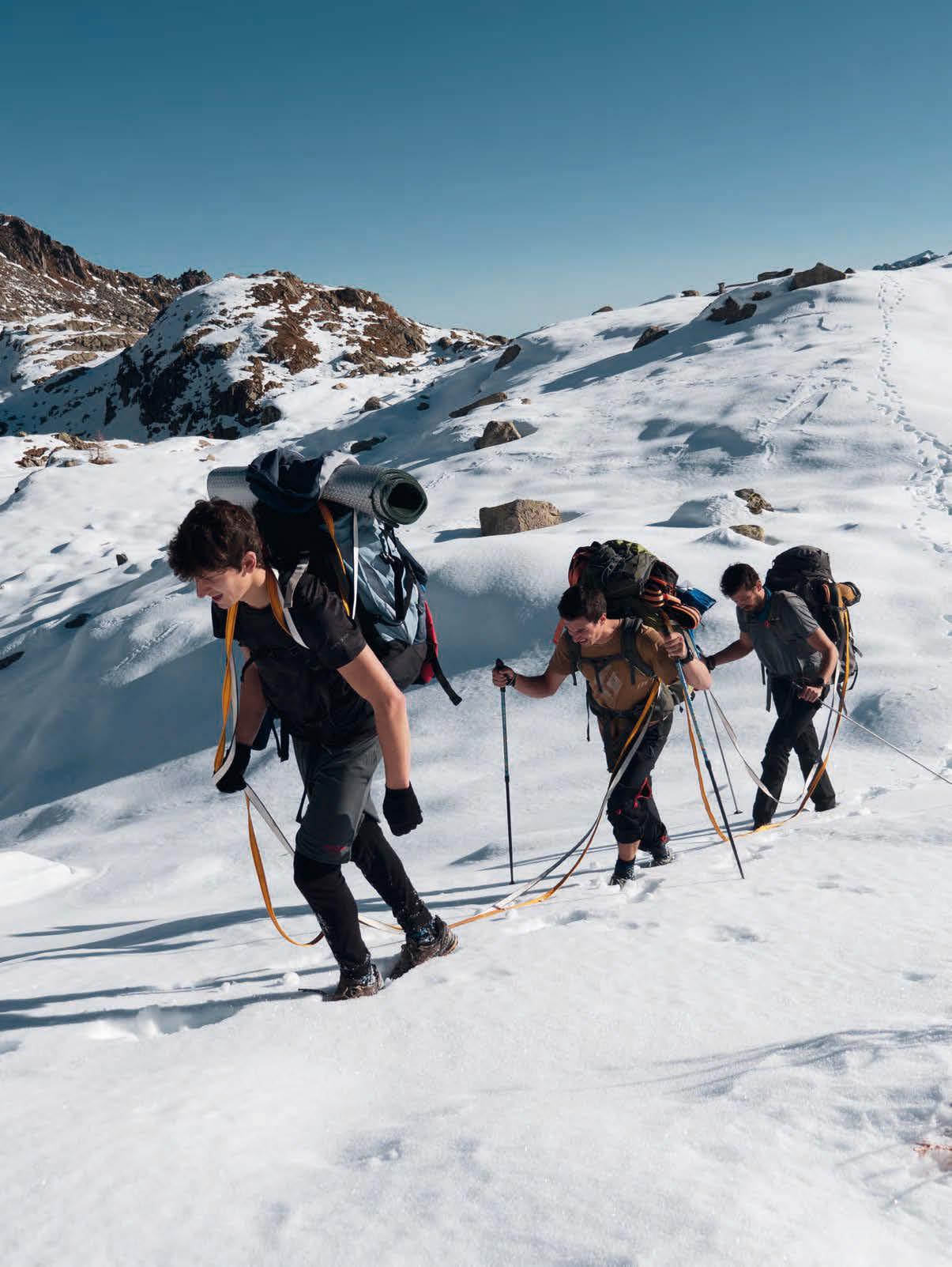
6_
5
taking the picture L _ ANNALISA CASIRAGHI R_ THOMAS LATTUADA P
SIRIO IZZO
Year ‘22
Prologue /ˈproʊ.lɑːɡ/
Scene or monologue preceding the beginning of the actual action
We are a bunch of slackliners and we want to share stories and adventures lived by people from all around the world. Slacklines connect trees, mountains and countries, but more than everything they connect people. The idea for this magazine was born in the midst of a global pandemic, topped by wars and uncertainties, in an upside-down world where the freedom of doing what slackliners love was being questioned. We think that sharing experiences is an expression of freedom and a way of giving hope and motivation to those who have less chances to do what they want.
We are based in Italy, but people from all over the world are getting involved to make this project feasible. Behind the computer in communications, creative direction, layout and social media is Annalisa Casiraghi. In marketing, administration and bureaucratic management there is Sirio Izzo.
And the content is yours, passionate readers of adventures on the line.
In collaboration with: Versante Sud | International Slackline Association | Slackline Italia

This line is 120pg long. Send it :) 6
CONTENT

CHAPTER I . slackline and ...
p. 20 _ SLACKLINE AND ADVENTURE

Czech Tourism by Ondra Malek
p. 31 _ SLACKLINE AND ART

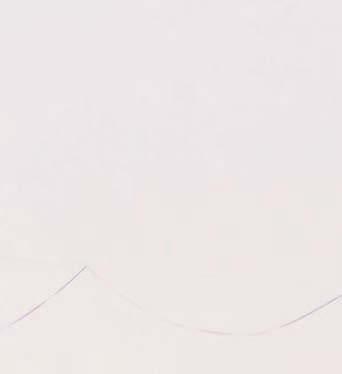

The Art of Rodeoline by Pietro and Guillo
p. 39 _ SLACKLINE AND SOCIAL COMMITMENT
Slackline for a Cause by Arthur Pera
+ The World’s First Recycled Line by Fabian Wyss
p. 55 _ SLACKLINE NERD
Talking About Equalization by Lorenzo Delbene
p. 60 _ SLACKOMICS by Patrick Francipane
CHAPTER II . did you know that?
p. 65 _ FEATURE ARTICLE
A Couple of Kilometers Between a Mosquito and a Sun That Never Sets by Annalisa Casiraghi
+ Wind and a Long Highline by Ruben Langer + The Odyssey to Linescale 3 by Andy Riedrich
CHAPTER III . let’s talk about
p. 92_ ASK TO ISA by Thomas Buckingham

p. 96 _ ROOTS
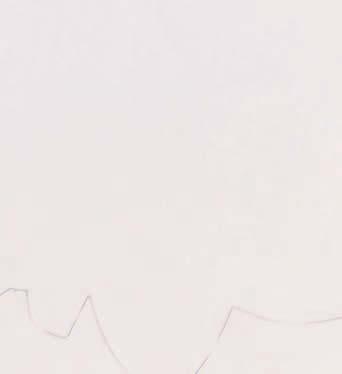

p. 101 _ SLACKLINE HEALTHY What We Can Learn From My Slackline Injury by Jonas Konijnenberg
p. 106 _ SLACK SPOT

An Indoor Slackline Space Bringing Life to the Neighborhood by Bernat Figueras
p.116_ BEGINNER BOX
7

8
Text Editor: Lauren Hansen
Cover Photo: Jonas Konijnenberg

Back Cover Photo: Thomas Lattuada
Website:
Marzio Marino
Rory Stephenson
Logo: Dov Sevi
Collaborators:
Lorenzo Delbene
Patrick Francipane
Livio Keiser
Publishing House:
Versante Sud Srl
Via Rosso di San Secondo 1 ─ 20134
MI ─ Italy
tel. +39 02 7490163
versantesud@versantesud.it
Print:
Aziende Grafiche Printing srl
Peschiera Borromeo
MI ─ Italy
THOMAS LATTUADA
9

L _ J.E. JULEZ PHOTOGRAPHY
INFINITY
The INFINITY is a unique device with patented technology that allows you to tension any Longline or Highline without limits.
Whatever your desired length of a set-up, it doesn’t matter anymore. The INFINITY now makes it possible to tension big lines all by yourself.
Your slacklife will finally be filled with infinite possibilities!

In just one single device, we offer you a pulley system, a weblock and a soft release - no extra special gear is needed.
YOUR 3 IN 1 TENSIONING SYSTEM FOR ANY LONGLINE OR HIGHLINE
When using our INFINITY, your set-up will stay truly minimal, safe and free from any accessories weighing down your anchor. In one single device we’ve combined the functions of pre-tensioning, tensioning and detensioning. Simple and easy to operate.
If your highline set up does not allow any pulley system use, finally with INFINITY, only one person alone could hang somewhere of a cliff and easily rig an anchor alone. A real revolution!

WHAT IS NEW IN INFINITY 2?

Compare to previous INFINITY 1, now:
• Webbing slot opening has been increased 5 mm more (total of 15 mm), to accept sewn loops of most of the webbings.
• Rounded beads on the front graduated lever for comfortable use.
• Reinforced aluminum red disks and much stronger springs to avoid any risk of misuse that could damage the device.
ADVERTISING
a very similar game. It’s only a bit smaller, however sometimes even more sketchy. Being used to rigging between sandstone towers, where the first bolt is usually not lower than 10 meters above the ground (if there is one at all) gives you certain courage and confidence in your climbing once you overcome the primal fear of falling and accept the reality of risk and learn how to deal with your emotions. Thus, I think the entire climbing we've done in the Dolomites is in many ways very similar to what we are used to. Sometimes it’s even worthwhile to go alone, without any belay, as we do quite often. Sandstone is also very similar to Dolomite limestone in many ways. You have to always be careful where you step and what you hold. We’re used to trad climbing which is probably a lot sketchier than the rest of the climbing communities all around the world. We aren’t allowed to use chalk, cams or friends, we place only knotted slings instead. Yet, we’re still alive, mainly because we’re not allowed to fall. It’s also important to mention that in order to become acquainted with the alpine environment and climbing, we established a
smaller highline one day before. We took it as a strategic exercise, in order to learn/recall mountaineering and alpine climbing techniques required for the following D-day. In the end it seems we made it happen only due to these factors.
Some additional observations from a rookie’s point of view: stepping on firm ground again after such long concentration and physical effort feels good. I mean, really good. The highlining itself was so short and such an unimportant part of the whole project, but that’s what makes it more intense. It takes not hours, nor days, but rather months to comprehend and absorb such an experience, especially for an alpine newbie like myself. A lot of ordinary things suddenly feel way more appreciated. There’s certain magic included in such a project - one bottle of wine to celebrate afterwards will make 8 people entirely drunk and I hope I don’t have to remind you where we come from. At that moment we invented the name for our line and trip, an inside joke we’re keeping among ourselves.


24
‘CZECH TOURISM’ ‘TEAMBUILDING’
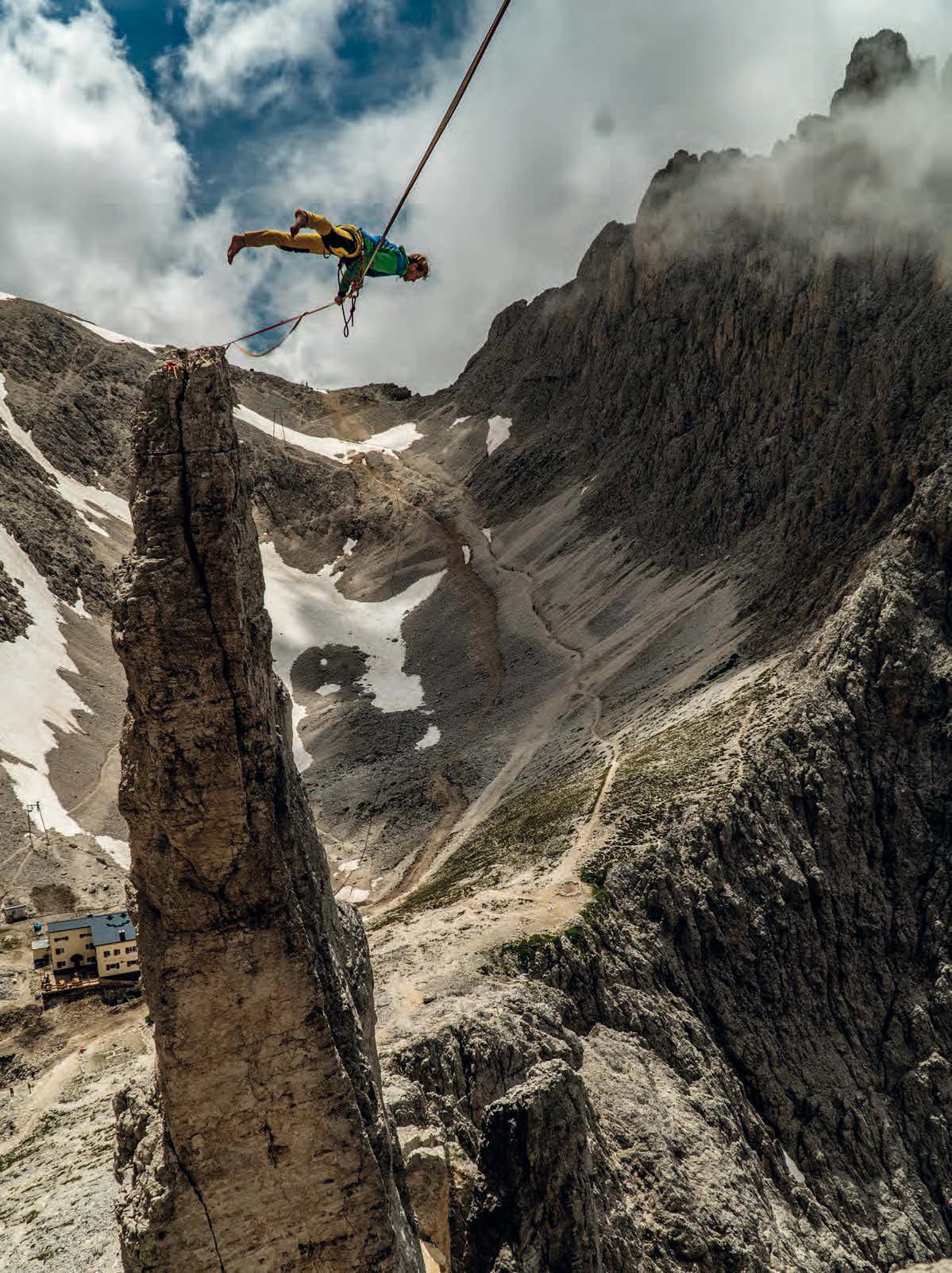
25

SLACKLINE NERD 48
TALKING ABOUT EQUALIZATION
Lorenzo Delbene
Every slackliner has, at least once, seen this graph, or simply knows the concept of forces amplification due to the increase of the vertex angle (α in the picture) in a two-point anchor.
But is it really true? Do the forces rise to “infinity and beyond” as the vertex angle comes closer to 180°? Of course not, if someone tried, they would discover that the forces do rise but then settle to a final (finite) value.
So, why do we rely on this graph if it is incorrect? Well, first it is not incorrect. It correctly predicts the behavior of a rigid two-point anchor but, as we know, no material exists which is completely rigid, a certain amount of stretch is always seen. Second, it provides a good approximation of reality if the vertex angle does not overcome the limit value of 80° (it will be shown later why).

First, what is this graph telling us? It tells us that if we have a two point anchor (or a sling around a tree as the upper graph shows) and, for example, a line tensioned at 6 kN, if the anchor’s vertex angle α is exactly 120° each branch will bear a force equal to the line tension (6 kN) making this anchor as effective as a one point anchor (as highlighted in the image). Moreover, if we exceed this 120° angle, the forces on the branches would rise until “theoretically” infinity as the vertex angle approaches 180°.
In the following graph, there is an example of the real forces behavior for a two point anchor. The red line is the old “rigid” curve, which ultimately tends to infinity, while the blue one considers the material elasticity and does end with a finite value for the force bore by the bolts. It can be seen that the two curves are almost identical until the limit value of 80°. After that they differ more and more as the vertex angle continues to grow. The “force percentage” on the Y axis indicates the ratio between the force bore by the bolts and the line tension; this is a key parameter to analyze and compare all the different anchor’s designs.

L _ J.E. JULEZ PHOTOGRAPHY 49
The next morning we get up and communicate with the other anchor. They tell us that Greg arrived at 4 a.m exhausted after the tagline mission in the valley, and that everyone is very tired. But we begin to work and pass the kilometers of line.
On the shitty rock side they realize there is no oil for the winch (essential to pull 2 km of line, since they are only five people). But improvisation always pays off. So they use the oil from the generator, using a spaghetti jar for pouring. We are few in number, and we immediately realize that we need everyone. From then on we work non-stop until 2 am, when the line is up.
Another fundamental element of the rigging, in addition to the mythical spool, is the brake system built by Matthias. A beautiful z-drag that cuts our fatigue in half, but which also soon becomes incandescent due to the force discharged onto it. The good thing is there are still some snowfields and we can cool it down by using the snow.
Hours pass, connections and meters of slackline in the valley are made. Finally the slackline reaches the

other side. It’s incredible to see this immense gap finally connected by the webbing. Towards dinnertime, we start to tension. Constantly being told by the other anchor about the amount of tension we have reached. Finally, the line is ready. Quirin begins to prepare for the first walk.
If your curiosity remains about the technical aspects of rigging the line, check out the video made by Ryan Jenks, in which he describes every little and big step we made.
The tension reached is not enough, so we decide to go and rest for a while. Quirin will try again the following day.
He sent the line by walking for three interminable hours. My words cannot adequately describe his journey, you can fully enjoy his journey thanks to the movie by Emil Sergel now on tour in film festivals around the world.
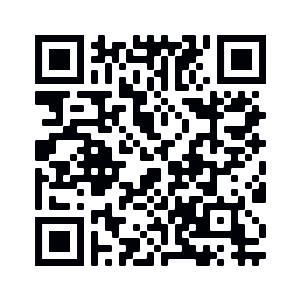
76
JOEIGHT_CREATIONS
La linea
Walking two kilometers seems endless, but once you get there the distance changes size. The wait for the session is long. Hours pass and I finally have some time to relax and get some sleep. But the excitement of the walk does not allow me to sleep very much, so I stay awake and wait. My turn comes and it’s 9 pm, I have just eaten some rice and I watch Greg come running from the other side. I am thinking of the opportunity that I have in front of me, of the endless line that connects me to the other side of the mountain, where half of the group is waiting for me. A team divided in two, united by 2km of webbing or 3 hours of walking.
I’m a bit scared but looking forward to getting on the line. Ruben asks me if he can start his session while I’m walking, which means he’d be walking behind me. Since strong winds are forecast for the night, this would avoid the problem of facing the session in difficult conditions. I think it is great to share the session together and I agree, all my tandem experiences have been great.
I tie in, drink some water and hug my good friend Cesare. With eyes shining we say goodbye, I get on the line, check the knot and start walking. The first 100 meters are like a longline, I walk slowly with trembling feet, the line is very tense but already stable. I arrive at the connection between Y2k and Sky Diamond, I immediately can tell the difference between the widths of the two lines. From there a very exciting walk begins, the steps become rapid and thoughts race through my head. I walk without music, there is echoing silence around me and the space is infinite.
It is difficult to put that journey into words. An hour and forty minutes pass like a few minutes, but looking back I have lived an entire lifetime on that line.
After walking two-thirds of the line, I took my first fall, which some would think could be disappointing, but it allowed me to take in the moment I was experiencing. To be in this place, with these people sharing a beautiful experience.
I arrive at the shitty rock side and all the other members of the team are waiting for me, it is nice to see each

77
what can you do to change or add to your habits? To not run into the same problems, I changed my mount; I am now doing a dynamic knee drop mount for multiple reasons. First of all, I can’t and don’t want to do Chongo mounts anymore. It gave me too many complications. Sit start is kind of complicated for me, I used to be a cyclist and that hasn’t given me the greatest hip flexibility, so sit start isn’t my thing. The only option that is left for me is the kneedrop mount. By doing it dynamically, I limit the amount of time bearing my weight on a fully bent knee. I use momentum to stand up and off I go.
That last point of my analysis, creating a higher tolerance, is a very strong focus of my current approach. I’ve always had small pains after highline festivals. My
body wasn’t used to being thrown around, hanging, swinging, doing all the crazy things that we do for a longer period of time, sometimes 5 days in a row. Not only my knees, but also my shoulders.
During ‘off’ periods I try to maintain a similar load I would put on my body during ‘on’ periods, like during highline festivals. What is high enough? Simply somewhere close to what you would like to ask of your body on ‘on’ days, like highline festivals. Your body is incredible, it will adjust itself to the demands that you ask from it. So why only ask those demands when you’re slacklining? In the period around my injury, I never sat in squatted positions. I did stretching and some yoga, but standing up on a slackline is a pretty specific, specialized skill. So why never practice it in different ways? Like on the ground, without a slackline?
That realization brought me to many different kinds of squats with funky knee angles. First it was really scary; will my knee hold this? But eventually it became one of my skills. And standing up on a highline after a period without slacklining but continuously training, made me so confident! I knew the movement without a slackline, but now I was doing it on a slackline. I could clearly feel a strong progression, even though I hadn’t slacklined at all. Damn, if I would have known this earlier!



Sometimes it’s even wise to do a few movements that you know as ‘bad’ movements. Remember the strongest nuance that we made; there are no bad movements, only bad intensities. For example, consciously walking or standing in a position where you could injure your ankles can be beneficial for that moment when you could actually face an injury. Your body will remember the reflexive movements you’ve trained and hopefully have more information for the moment that you’ll really need it. Sometimes you can’t prevent yourself from tripping over that rock, but you can change your ankles’ reflexes. By researching that ‘grey’ or ‘danger’ zone, you’ll gain more knowledge and you might prevent complications in the future.
But how do you know you are not going too far? That’s a harder question, but at the same time, not rocket science. Your body will tell you. During the healing process of my knee, I started doing movements that were scary for my knees and consequently for my mind too. Every time I came close to a painful feeling, I took the exercise easier, stopped or took extra rest. After
104
some weeks, I noticed this ‘pain’ barrier slowly shifted to a higher tolerance. I am doing movements now that I wouldn’t have thought were possible for me before. But with exploration and respecting my body’s limits, they now are possible!

Try to search for your limit, as soon as you feel you’ve reached it, rest or take it easy. What are the cues or sensations you feel that your body could become accustomed to? If you do that often enough, without going too far, your body should adapt to the demand that you’re asking from it. An important nuance in this is that it’s best to do less, than do too much. What you don’t do today, you can do tomorrow. Ideally training a little bit everyday, rather than extreme training sessions once a week.
Especially if you are recovering from an injury, start your exploration slowly. But again, remember, that doing too much of the same thing will almost always lead to injuries. So try to give your body many different inputs. Because your stomach also doesn’t like pasta everyday, or maybe that’s not the best metaphor, knowing this magazine is an initiative by stoked Italians. ;)
Want to know more about this subject?

There’s a few videos you could check out: Knee troubles: ISA lockdown series.
Physiotherapist Daan Nieuwenhuis and I go in depth on slackline injuries and their prevention. With a Q&A at the end!

Mobility training for slacklining
A few ideas to start your ‘offline’ training by using some movement exercises. How a knee injury made me stronger in slacklining
The video version of this article.
Do you need help?
I’m offering mobility training and am happy to answer your question or give you a few personal ideas. If you like, I could help you set up your exploration and give you guidance.
Jonas Konijnenberg
info@jonaslifestyle.nl @jonaskonijnenberg
105
Join us in this project, send us your slacklife stories and get involved! It doesn’t matter if you’re a pro or a beginner, if you trickline or highline, in which continent you live and what job you do.. Tell us what slackline is for you. What would you like to see when you open the magazine? We are looking for stories as well as pictures. Send us your shots, and tell us your story.

email ─
balanceslacklinemagazine@gmail.com
118
Congrats, you made it! Doesn’t matter if you fell or if you did a bounce in the middle, if you took a lot of breaks or if you ran. All that matters is if you enjoyed it.

THOMAS LATTUADA L _ PATRICK FRANCIPANE 119
Thanks to all the people who made this issue, this project, this dream possible.
Are you curious to see what will be in the first issue of 2023? Subscribe, follow us on social media, visit us on our website, write to us, and become part of our community :)

J.E. JULEZ PHOTOGRAPHY 120






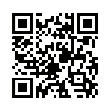

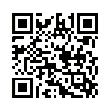

SUBSCRIBE year 2023 ISSUE I ISSUE II ISSUE III WEBSITE CROWDFUNDING Subscribe Support Follow































































